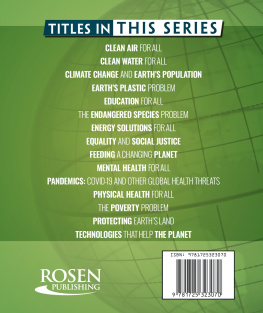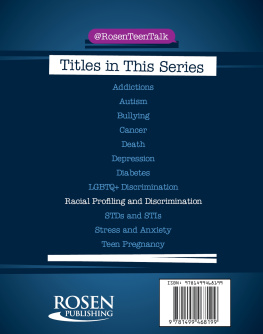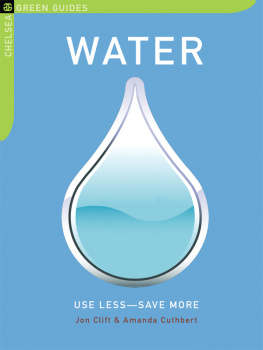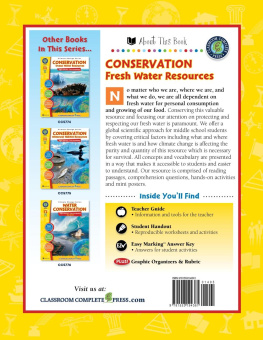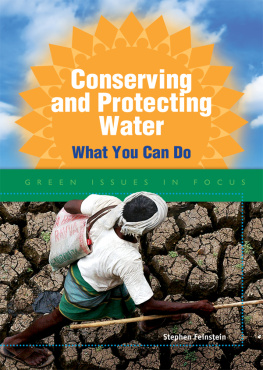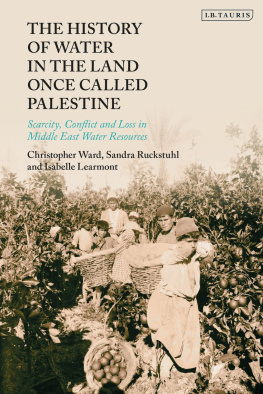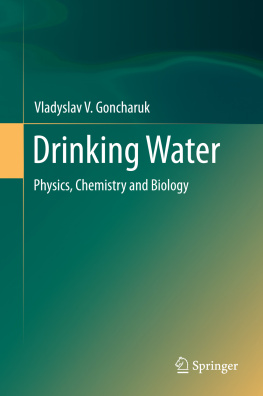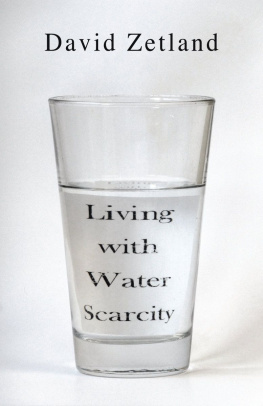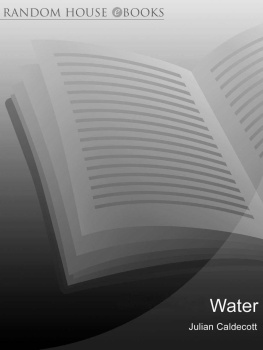
Published in 2022 by The Rosen Publishing Group, Inc.
29 East 21st Street, New York, NY 10010
Copyright 2022 by The Rosen Publishing Group, Inc.
All rights reserved. No part of this book may be reproduced in any form without permission in writing from the publisher, except by a reviewer.
First Edition
Editor: Theresa Emminizer
Book Design: Michael Flynn
Photo Credits: Cover Riccardo Mayer/.
Cataloging-in-Publication Data
Names: Haynes, Danielle.
Title: Clean water for all / Danielle Haynes.
Description: New York: Rosen Publishing, 2022. | Series: Spotlight on global issues | Includes glossary and index. Identifiers: ISBN 9781725323049 (pbk.) | ISBN 9781725323070 (library bound) | ISBN 9781725323056 (6 pack) Subjects: LCSH: Water-supply--Juvenile literature. | Water quality--Juvenile literature. | Water--Pollution--Juvenile literature. | Water conservation--Juvenile literature.
Classification: LCC TD348.H39 2022 | DDC 363.61--dc23
Manufactured in the United States of America
Some of the images in this book illustrate individuals who are models. The depictions do not imply actual situations or events.
CPSIA Compliance Information: Batch #CSR22. For further information contact Rosen Publishing, New York, New York at 1-800-237-9932.

CONTENTS

CHAPTER ONE
THE BLUE
PLANET
Most people know that Earths surface is largely covered by water. In fact, 71 percent of Earths surface is covered by H2O. If you were to gather all the planets water into a sphere, it would be 860 miles (1,384 km) in diameter, about the distance from Salt Lake City, Utah, to Topeka, Kansas. Its no wonder Earth is known as the Blue Planet!
Knowing this, it seems there should be more than enough water for drinking, bathing, and irrigating crops. But in reality, finding enough clean, drinkable water for all 7.6 billion people on Earth can be a challenge.
Because water is found in so many connected places on Earth in streams, rivers, creeks, lakes, and oceansits very susceptible to contamination. This means that if theres a chemical spill near a river, the toxins could travel miles downriver, trickle through connecting streams, or even flow into the sea.
Dirty water isnt the only problem. Billions of people across the globe dont have access to any water at all. This is because they live either in places that have droughts or places where the local government doesnt make enough water available to them.
Every person and animal on Earth needs clean water to live. You may not think much about where the water from your faucet comes from or whether its clean enough to drink, but its an issue that affects every single one of us. Luckily, there are many ways people can come together to reach the goal of providing clean water for all.
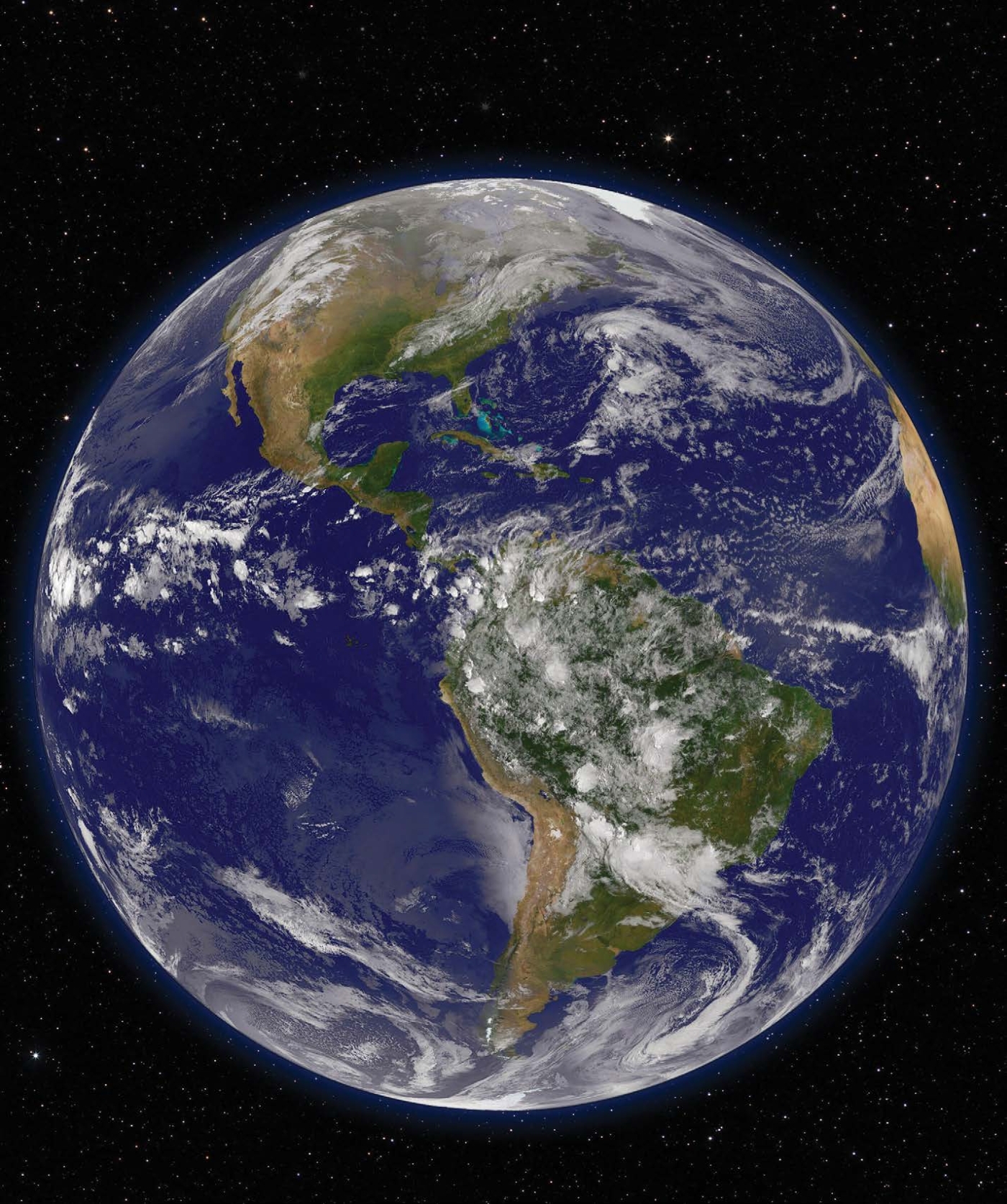
There are about 326 million cubic miles (1.4 trillion cubic km) of water on Earth, enough to make the planet appear mostly blue from outer space.
Humans have long recognized the importance of sanitary, or clean, water. When ancient people first shifted from nomadic, or traveling, lifestyles into permanent settlements, they began building wells for fresh water. They also built toilets to keep the wells from being contaminated by waste.
They knew there are an endless number of ways water can become unclean. Even though there are trillions of gallons of water on Earth, that water must be free of toxins and disease to be safe for humans to drink and for animals and plants to live well.
Ancient Greeks and Romans knew to drink tasteless, odorless, and colorless water, and they knew to avoid water from mountains where there was mining. Some historians believe ancient peoples such as the Sumerians and Egyptians even drank beer to avoid contaminated water from rivers and canals.
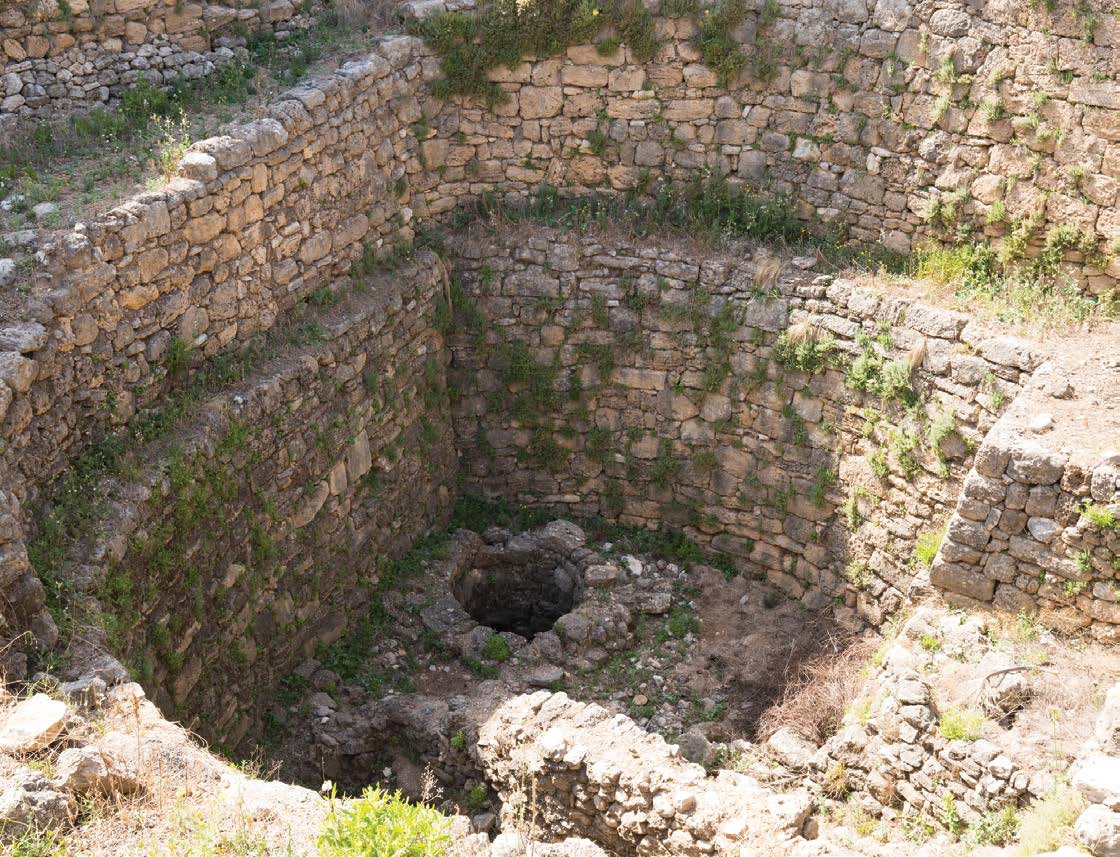
Chemicals, waste, or microorganisms, all of which can be dangerous or even deadly for humans, animals, and plants alike, can pollute water. Water is especially susceptible to contaminants because its whats known as a universal solvent, meaning it can dissolve, or break down, most substances on Earth.
Toxins can enter Earths waterways as runoff from factories and leaks or spills from oil pipelines or tankers. Flooding can wash pesticides and fertilizers from farms into nearby rivers.
Chemicals arent the only problem. Bacteria from human and animal feces, or waste, can spread diseases such as typhoid fever, cholera, and dysentery into waterways or crops in the fields. This is how the bacterial infections E. coli and salmonella can contaminate vegetables sold at the store.
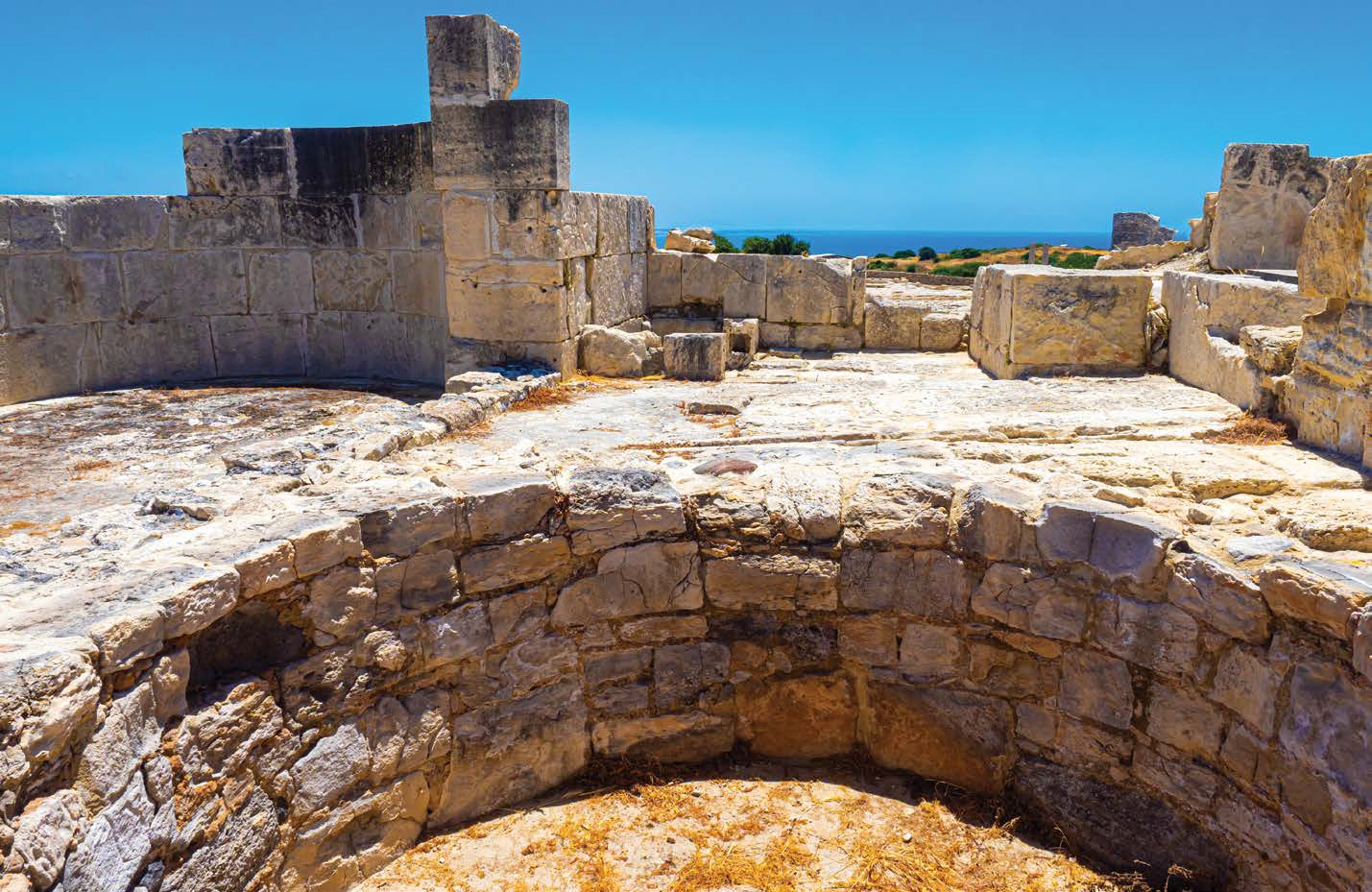
Some of the oldest-known water wells have been found on the island of Cyprus. They date back 9,000 to 10,500 years to during the Stone Age.
CHAPTER TWO
KEEPING THINGS
MOVING
Ancient civilizations were built around access to clean, drinkable water. Even though there are trillions of gallons of water on Earth, the vast majority96.5 percentis salt water and undrinkable. Of the remaining 3.5 percent of water thats fresh, about 69 percent is inaccessible, frozen in the polar ice caps. So finding or making fresh water is critical.
Early efforts to obtain safe drinking water often consisted of ways to bring clean water to where people needed it. Before the third century BC, Egyptians may have invented a device called a water screwlater called the Archimedes screw after the ancient Greek engineer who brought the technology to his home country. The water screw is a circular pipe with an enclosed helix shape. When inclined and turned, it can move water from one elevation to another.
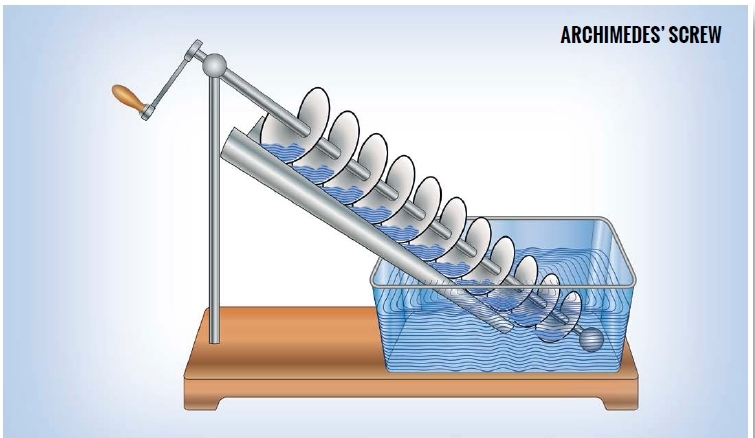
Ancient Egyptians used it to take water from the Nile River to irrigate their crops. Today, sewage treatment plants use Archimedes screws to move wastewater because they dont tend to become clogged by solid waste.
Ancient Romans developed aqueducts to transport water dozens of miles. An aqueduct is a system of underground pipes, ditches, and canals and aboveground arched bridges that uses gravity to bring water from a higher elevation to an area of lower elevation. From the fourth century BC to about the third century AD, the Romans built 11 aqueducts, one transporting water as far as 57 miles (91.7 km).
These systems brought fresh drinking water to cities where it was hard to find. They were also used to flush wastewater away.
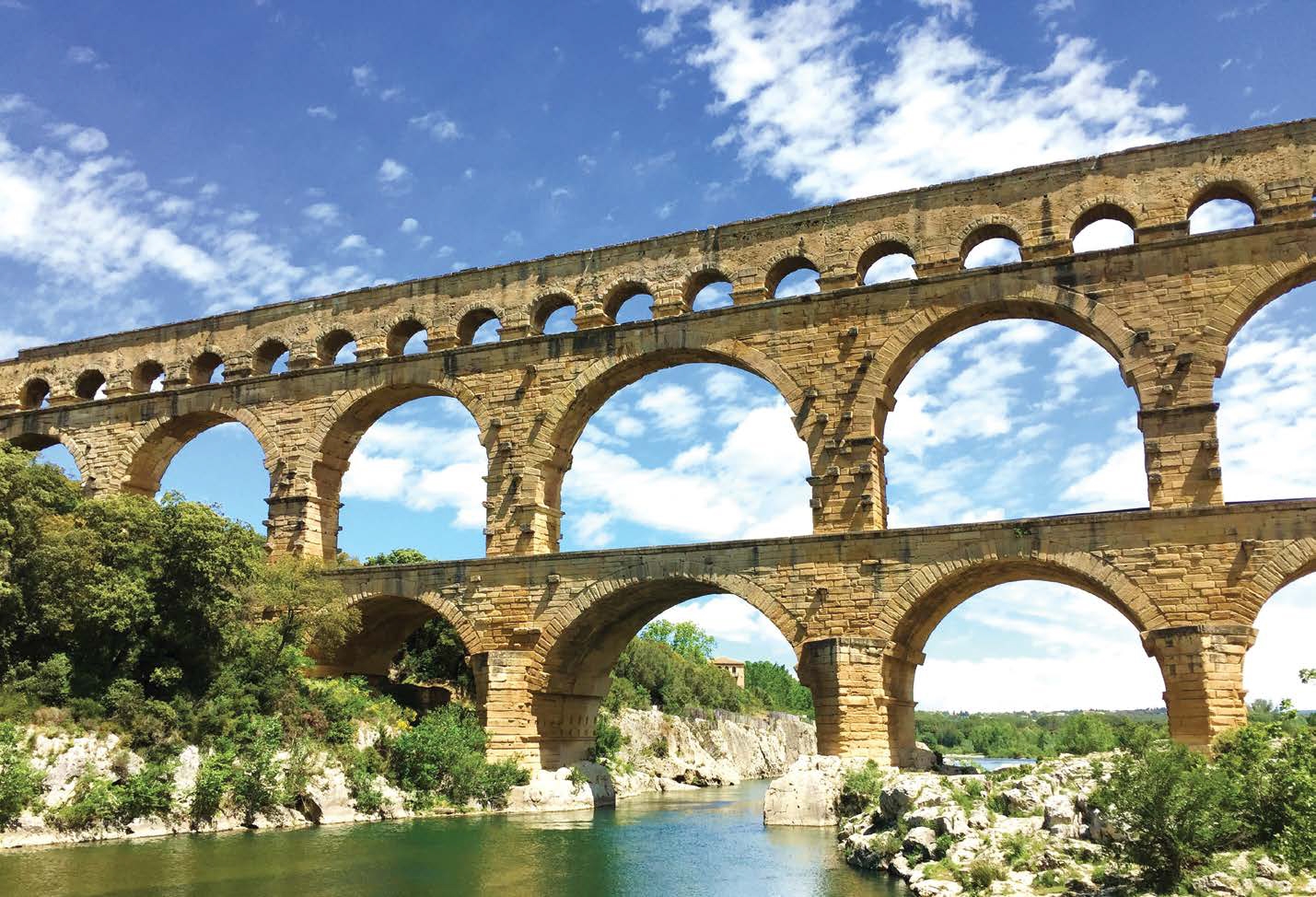
Many of the ancient Roman aqueducts fell into disuse over the years, but you can still see the tall, aboveground arched bridges of these structures in modern-day France, Spain, and Italy.
Next page
